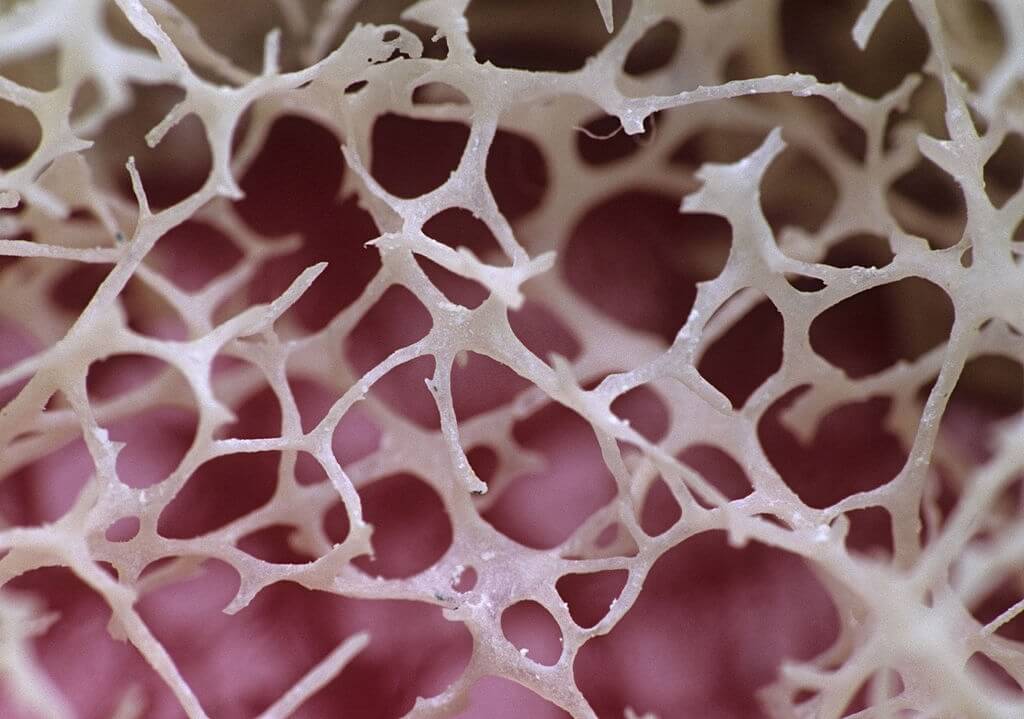A group of scientists from Newcastle University, Wellcome Sanger Institute, and others analyzed blood and immune systems development. It has been found that within just a few weeks, many types of cells, including blood cells emerge from the bone marrow. These include the white blood cells that protect us from bacteria.
Bone marrow is an important element in the human body, and any compromise with the same can lead to severe health issues. Right elements can help the body have better immunity over a period, and any compromise with the same may also lead to diseases such as cancer. The experts conduct various research to know the quality and level of immune systems in the body to decide the health of bone marrow.
Formation Of Blood And Immune Systems In Developing Bone Marrow
The study was published in nature as a part of the Human Cell Atlas initiative, whose goal is to map every cell in the human body. It is an essential reference in understanding the development of blood and immune system cells in the developing bone marrow and the cause of diseases such as leukemia, thereby helping with diagnosis and treatment.

In a previous report by HCA, hematopoiesis, which is the development of blood and human immune cells in the yolk sac and liver, was described. The human blood and immune system protect us from infections, but sometimes this system can go wrong and lead to cancers like leukemia.
A single-cell RNA was used for this research. The researchers from various Universities analyzed the developing bone marrow samples to identify the cell types present and their genes. The rapid diversification of blood and immune cells into specialist types was also observed. This included white blood cells named neutrophils that protect against bacteria.
However, until today, no one knew how hematopoiesis in the marrow, which generates health and lymphatic cells, persisted for the remainder of a person’s life. Although the human health and lymphatic system prevent us from viruses and bacteria generally, it can malfunction and cause immunological deficiencies and diseases such as leukemia, which affects WBCs.
The researchers noticed a rapid diversity of blood & immune lymphocytes into specialty types, including bacteria-fighting white blood cells termed neutrophils. During the second half of pregnancy, this diversity took place over a period of five to eight weeks. There have been a lot of B-lymphoid cellular processes relative to hepatocytes, which are required to help kill bacteria and generate an efficient vaccine reaction.
Newcastle University’s Dr. Laura Jardine, a first author on the research, said that they were able to recognize all of the health and lymphatic cells in growing marrow for the first moment. This enabled them to see the stroma milieu wherein immune cells develop—for the first time, something that had never been done previously. For scholars, this map will be invaluable.”
Professor MuzlifahHaniffa said that the immune response is significantly more intricate than we had recognized, no matter how much we believed we knew about it. Such type of information gives the amount of detail required to fully comprehend what is going on at the cellular scale during growth.”
The study also looks at bone marrow from people with Down syndrome and discovered significant abnormalities in the expression of genes, which could help explain why people with Down syndrome are much more inclined to produce immunological problems and leukemia.
The Human Developmental Cell Atlas (HDCA) is a project that aims to create a map of all lymphocytes that are crucial for healthy human evolution. The HDCA is expected to improve medicine by allowing researchers to comprehend better what occurs during the early stages of development and how it might impact health or cause diseases.